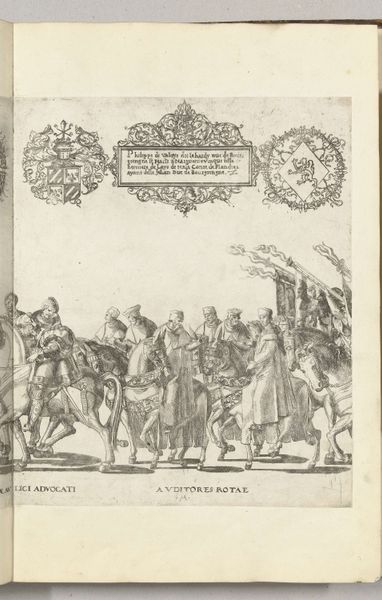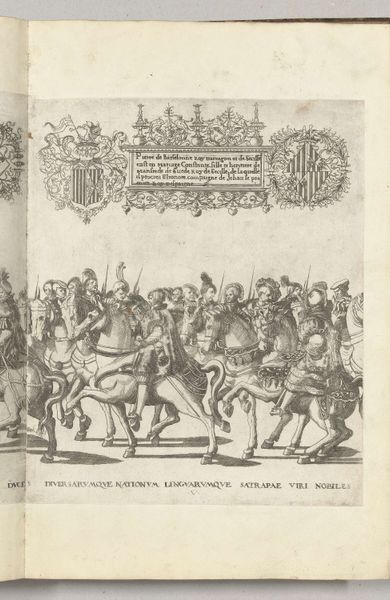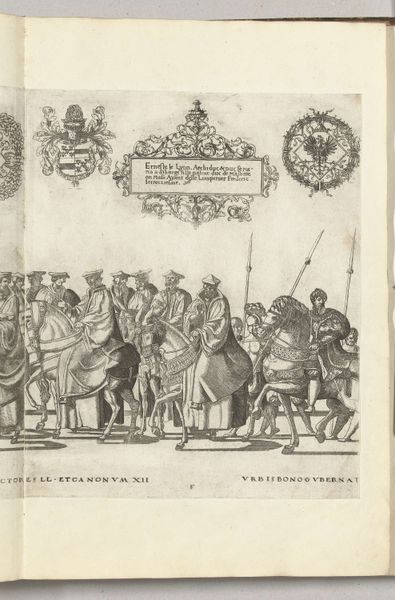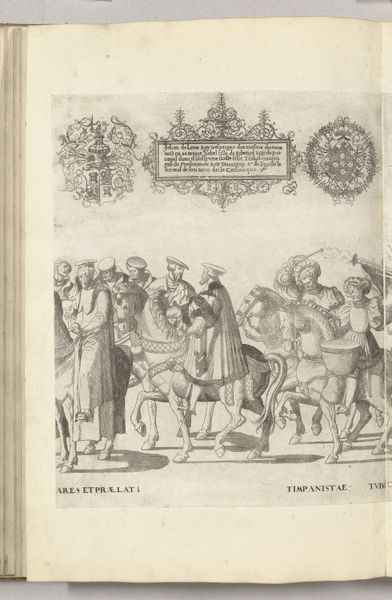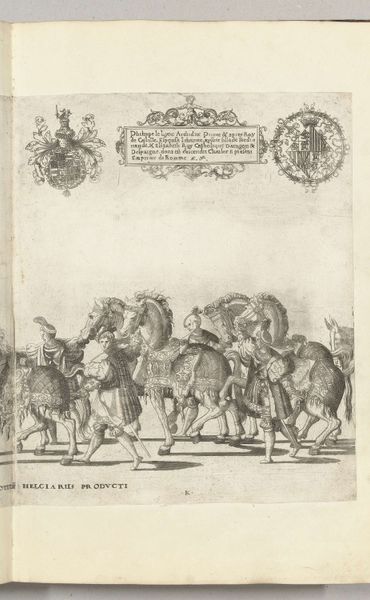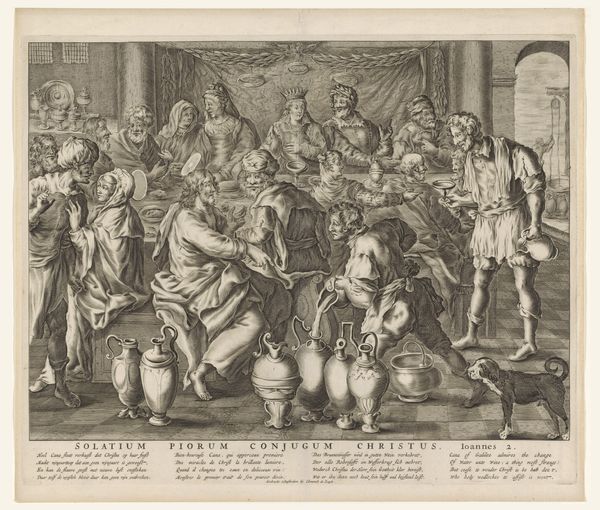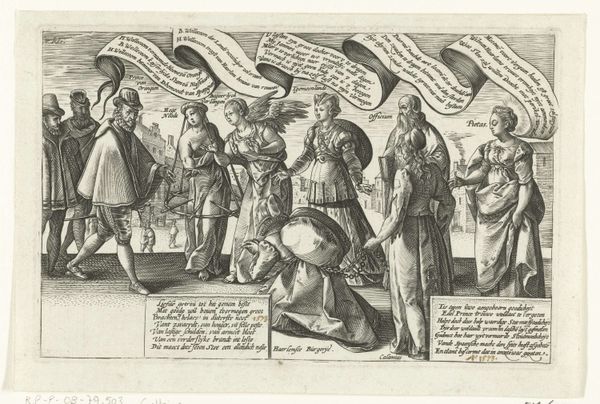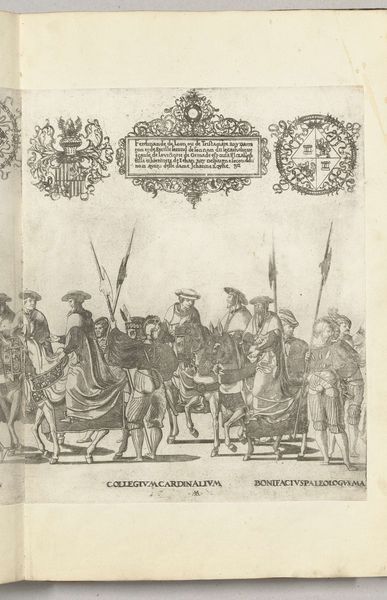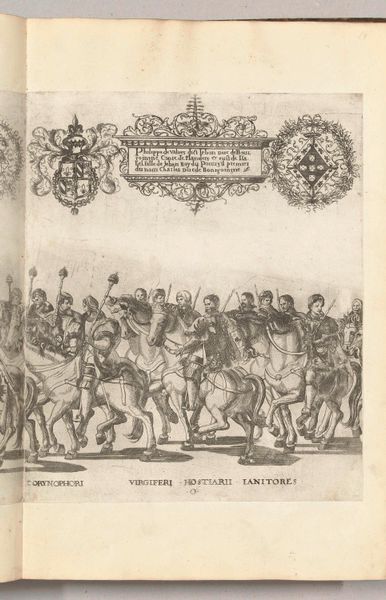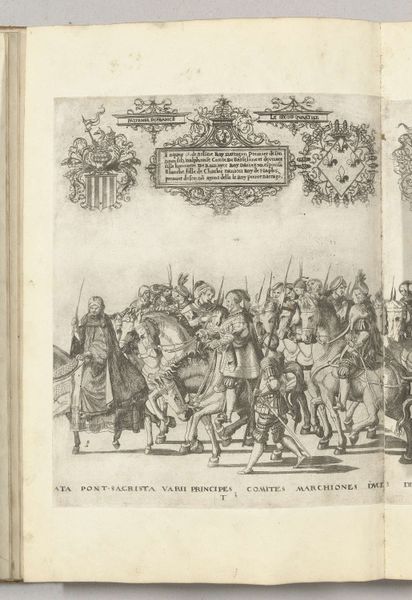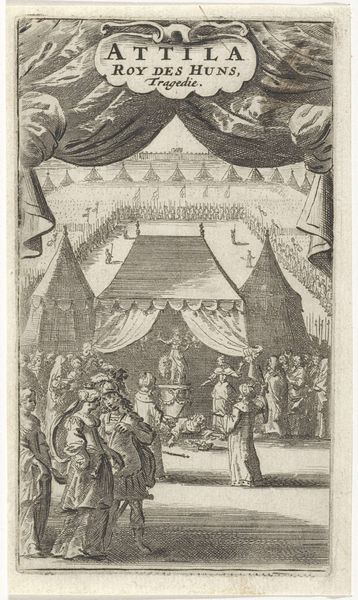![Kerkgeleerden waaronder Nicolas Perrenot de Granvelle en Michele Maio, plaat [GG] by Nicolaas Hogenberg](/_next/image?url=https%3A%2F%2Fd2w8kbdekdi1gv.cloudfront.net%2FeyJidWNrZXQiOiAiYXJ0ZXJhLWltYWdlcy1idWNrZXQiLCAia2V5IjogImFydHdvcmtzL2ZmYjcyNGI3LTk2ZDEtNGUwZS1iOWQzLWY4N2U4NDVkMTljNC9mZmI3MjRiNy05NmQxLTRlMGUtYjlkMy1mODdlODQ1ZDE5YzRfZnVsbC5qcGciLCAiZWRpdHMiOiB7InJlc2l6ZSI6IHsid2lkdGgiOiAxOTIwLCAiaGVpZ2h0IjogMTkyMCwgImZpdCI6ICJpbnNpZGUifX19&w=3840&q=75)
Kerkgeleerden waaronder Nicolas Perrenot de Granvelle en Michele Maio, plaat [GG] 1530 - 1536
0:00
0:00
drawing, print, paper, ink, engraving
#
portrait
#
drawing
#
medieval
# print
#
figuration
#
paper
#
11_renaissance
#
ink
#
genre-painting
#
history-painting
#
engraving
Dimensions: height 360 mm, width 295 mm
Copyright: Rijks Museum: Open Domain
Editor: This drawing, from 1530-1536 by Nicolaas Hogenberg, is titled "Kerkgeleerden waaronder Nicolas Perrenot de Granvelle en Michele Maio." It's rendered in ink on paper and it's so detailed; it makes me wonder how long it took to create all these tiny lines! How does its historical context influence your reading of the piece? Curator: The key thing here is the *means* of production. Hogenberg, working in the printmaking tradition, was essentially part of a very early form of mass media. Look at the meticulous detail, achieved through engraving, and then think about the implications of reproducing and distributing this image. This isn't just about the individuals portrayed; it’s about power, patronage, and the circulation of information. Editor: So you’re saying the choice of printmaking as a medium impacts our understanding of the artwork? Curator: Absolutely! Printmaking allowed for a wider audience than a unique painting could ever reach. This engraving becomes a commodity itself, contributing to Hogenberg’s livelihood and fame, but also spreading the image and perhaps, the implied prestige of its subjects. Consider the labour involved - the artist, the printer, even the distributors - a whole network of production facilitated this image's existence and impact. What do you make of the heraldry framing the text above the riders? Editor: I hadn't really focused on those; they seemed purely decorative. Curator: They could reinforce ideas of power, lineage, or the elite circles these figures moved within, further legitimizing the subjects for the wider audience accessing the print. It raises interesting questions about value; both of the people depicted, and of the artwork itself, reproduced to perhaps increase that value. Editor: I never thought about it that way. I was just seeing a portrait, but the process and materials reveal so much more about its purpose and impact. Thanks! Curator: Exactly! Looking at the labor and materials lets us understand art as embedded within its economic and social environment. Always consider: how did this get made, and who benefited?
Comments
No comments
Be the first to comment and join the conversation on the ultimate creative platform.
